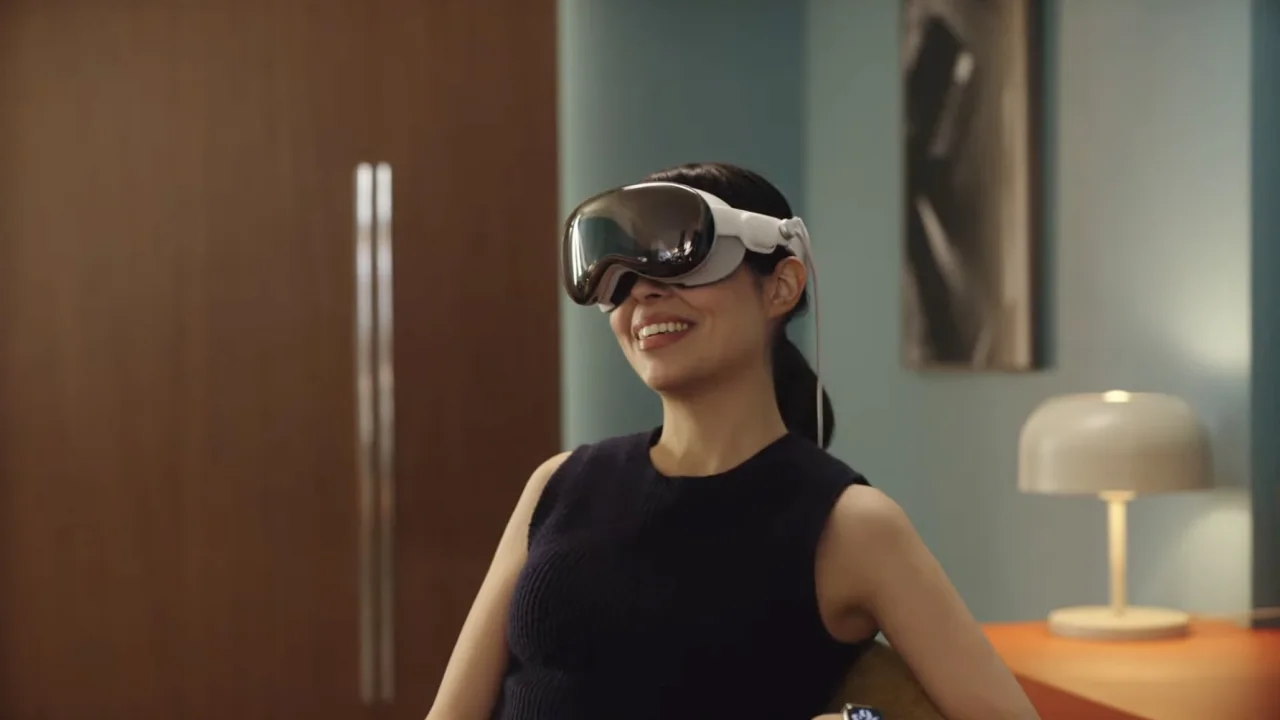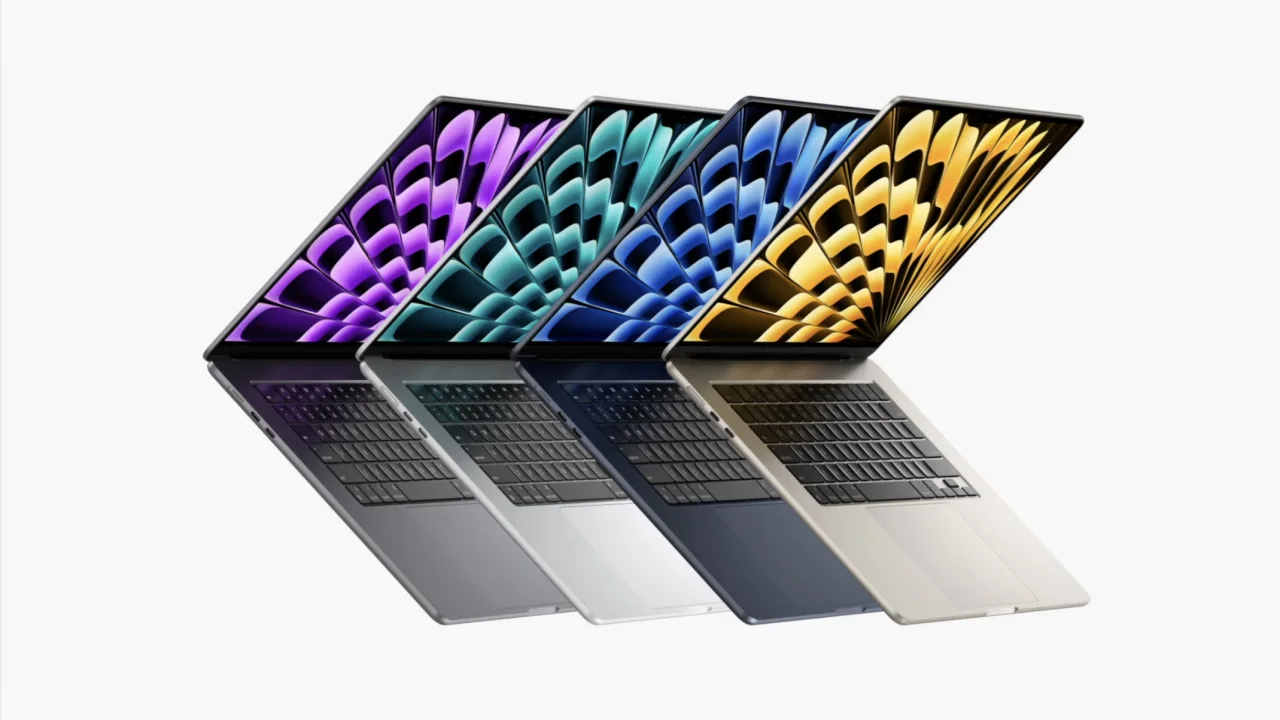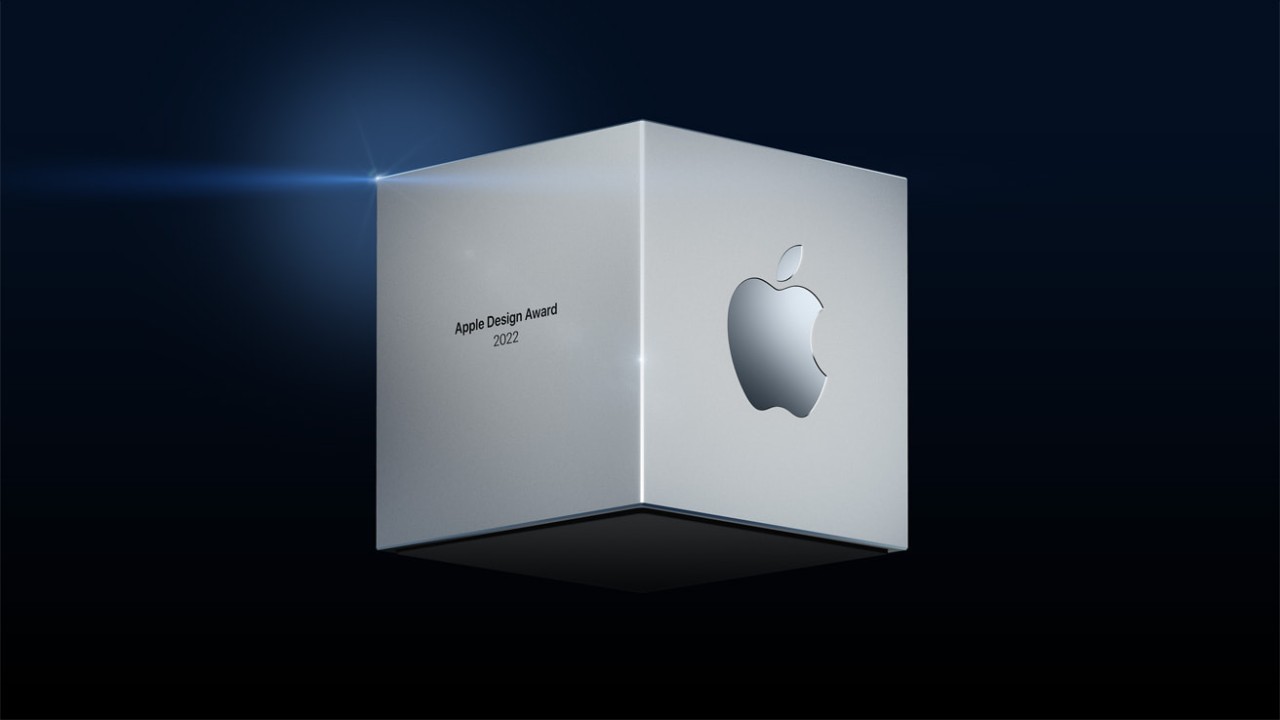Good morning! Here's the rewritten version of your text:
Apple introduced its most ambitious and risky hardware product in years on Monday: the Apple Vision Pro, a mixed reality headset. Combining virtual reality and augmented reality, Apple CEO Tim Cook described the Vision Pro as a "revolutionary product" with the power to transform how users engage with technology, interact with others, and perceive the world around them.
This highly anticipated announcement took place at Apple's Worldwide Developers Conference, where the company also provided a glimpse of numerous new features and updates for its popular products.
Here are the key highlights from the event:
Apple is taking a bold gamble with the release of its latest product, the Apple Vision Pro. Resembling a set of ski goggles, this innovative headset allows users to superimpose virtual images onto real-time videos of their surroundings.
Tim Cook, who has long championed the potential of augmented reality, emphasized that the Vision Pro is "the first product you look through, not at."

Apple claims that once users put on the Apple Vision Pro headset, they can directly view projected apps in front of them. During the event, Apple showcased a variety of unique experiences, including apps for medicine, productivity, and entertainment. Disney CEO Bob Iger also made an appearance to discuss Disney's content creation for the Vision Pro headset.
Setting it apart from other headsets, the mixed reality device will display the user's eyes on the outside, ensuring that they are not isolated from their surroundings. Alan Dye, vice president of human interface, stated, "You're never isolated from the people around you; you can see them, and they can see you."
However, the product faces several challenges. Apple is entering an unproven market already crowded with tech companies that have struggled to achieve widespread success with similar devices. Moreover, the price of the Apple Vision Pro is set at $3,499, surpassing previous rumors and representing a significant investment during a time of economic uncertainty.
Apple chose to emphasize virtual reality (VR) more prominently than artificial intelligence (AI) during the event. While many of its competitors in the tech industry have recently outlined ambitious plans for integrating generative AI into their products, inspired by the success of models like ChatGPT, Apple did not directly address this current obsession at WWDC.
Instead, Apple subtly touched upon artificial intelligence. For instance, the company announced an update to its autocorrect feature, leveraging machine learning and a language model to enhance accuracy, including "sentence-level autocorrections." Apple also plans to expand its predictive text capabilities.
Craig Federighi, Apple's senior vice president for software engineering, stated during the event, "When it comes to speeding up your typing, predictive text already helps you quickly finish, add, or change a word. And now you'll get predictions in line as you type."
Apple introduced a 15-inch MacBook Air as its first hardware product announcement on Monday. This new MacBook Air model is equipped with Apple's custom-made M2 processor. Apple claims that the new MacBook Air is the thinnest laptop in the world, measuring just 11.5 mm, and it weighs only 3.3 pounds.

The updated MacBook Air offers a battery life of up to 18 hours, delivering significantly faster performance compared to Intel-powered MacBook Airs. It also features a six-speaker sound system.
The starting price for the new MacBook Air is $1,299, with an education pricing of $1,199. Additionally, the older 13-inch MacBook Air with M2 now starts at $999.
Alongside the new MacBook Air, Apple unveiled the M2 Max and M2 Ultra chips as upgrades to its Mac Studio lineup. These chips enable developers to create new applications at an impressive speed, offering up to 25 times faster performance compared to the M1 Max.
Apple also announced a range of new updates that will be introduced to iOS 17 later this year, enhancing the calling and messaging experience with personalized and customized features.
One notable addition is the introduction of contact "posters," which allow iPhone users to create a customized image that will appear when making or receiving calls. Users will have the ability to personalize their contact card "poster" by choosing a photo, a "memoji," and adding text.
Another exciting feature is Live Voicemail, which transcribes a caller's message in real-time, enabling users to decide whether to answer the call or ignore it. Additionally, a forthcoming check-in feature will simplify the process of keeping friends and family informed about one's safety. Lastly, the NameDrop tool allows users to easily share their contact information by bringing two iPhones in close proximity to each other.
These updates aim to enhance personalization and convenience in communication within the iOS 17 system.
Apple introduced software updates for its iPad, Watch, and AirPods, refreshing their functionality and features.
The iPad will receive some popular lock screen features from the iPhone, allowing users to personalize wallpapers. Additionally, new interactive widgets will provide users with quick access to information and the ability to perform actions directly from the home screen.
For the Apple Watch, a smart stack feature will be introduced, utilizing machine learning to display relevant widgets based on user preferences. This includes widgets for medication logs, calendars, and sleep data, providing users with a more personalized and convenient experience.
In terms of AirPods, Apple is bringing new "adaptive audio" features to its wireless earbuds. These updates aim to reduce distracting noises when transitioning between different environments and will also learn the user's preferences, allowing the AirPods to adjust audio settings dynamically.
These software updates enhance the functionality and user experience of Apple's iPad, Watch, and AirPods, bringing new capabilities and customization options to users' fingertips.


0 Comments